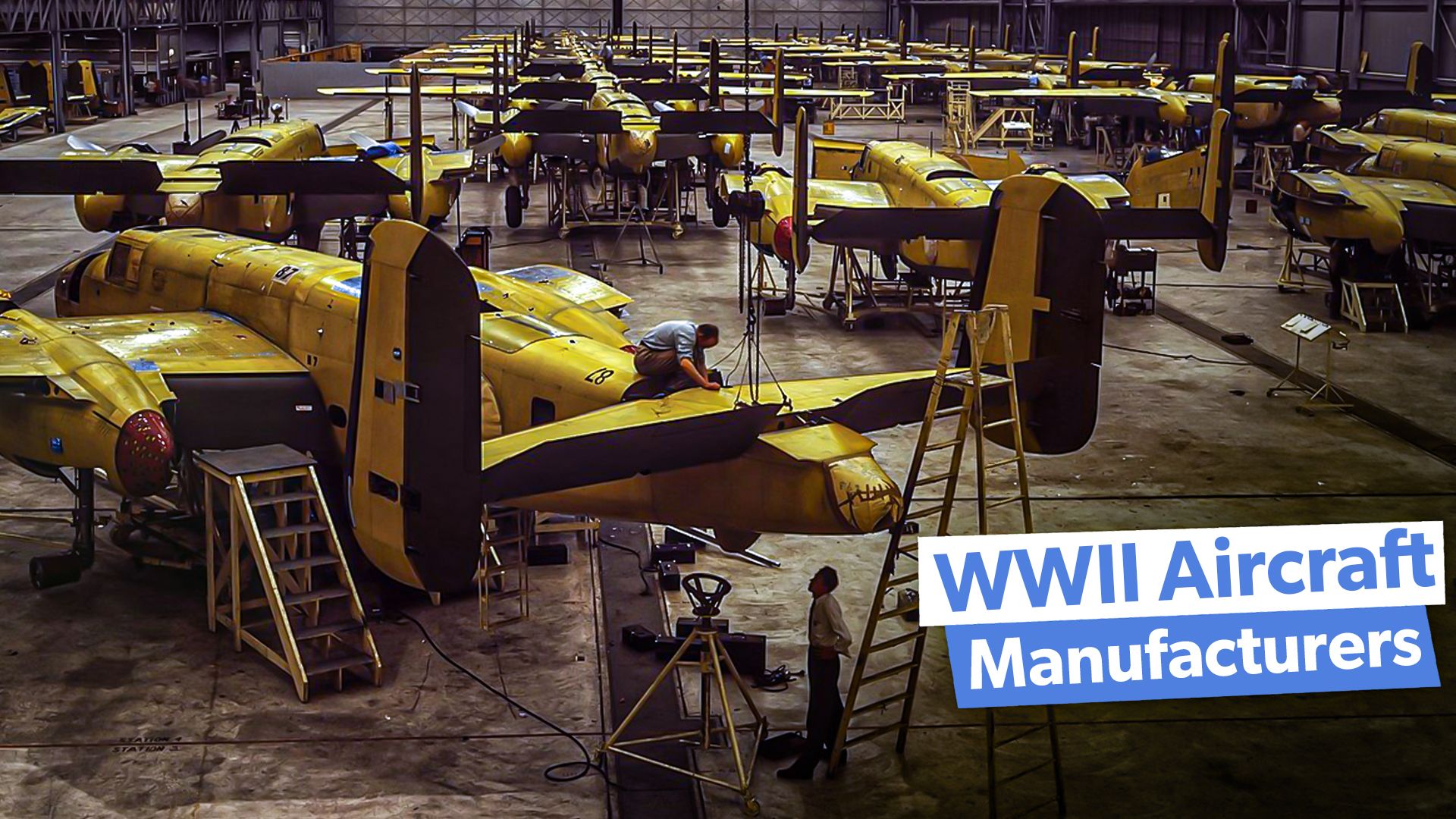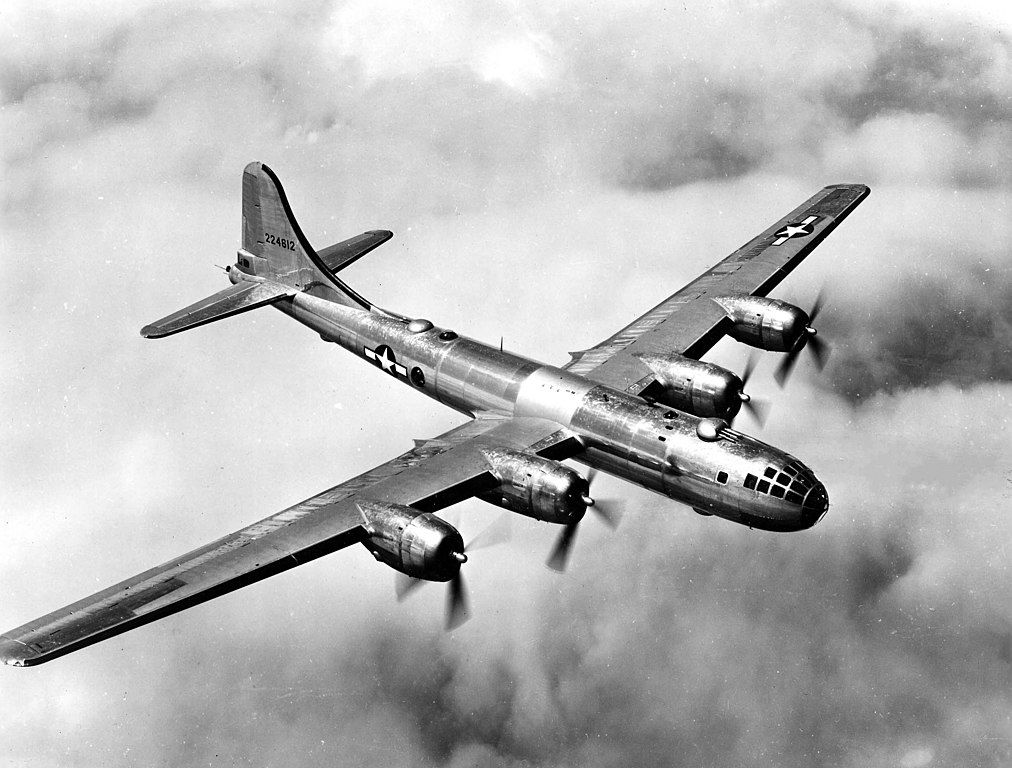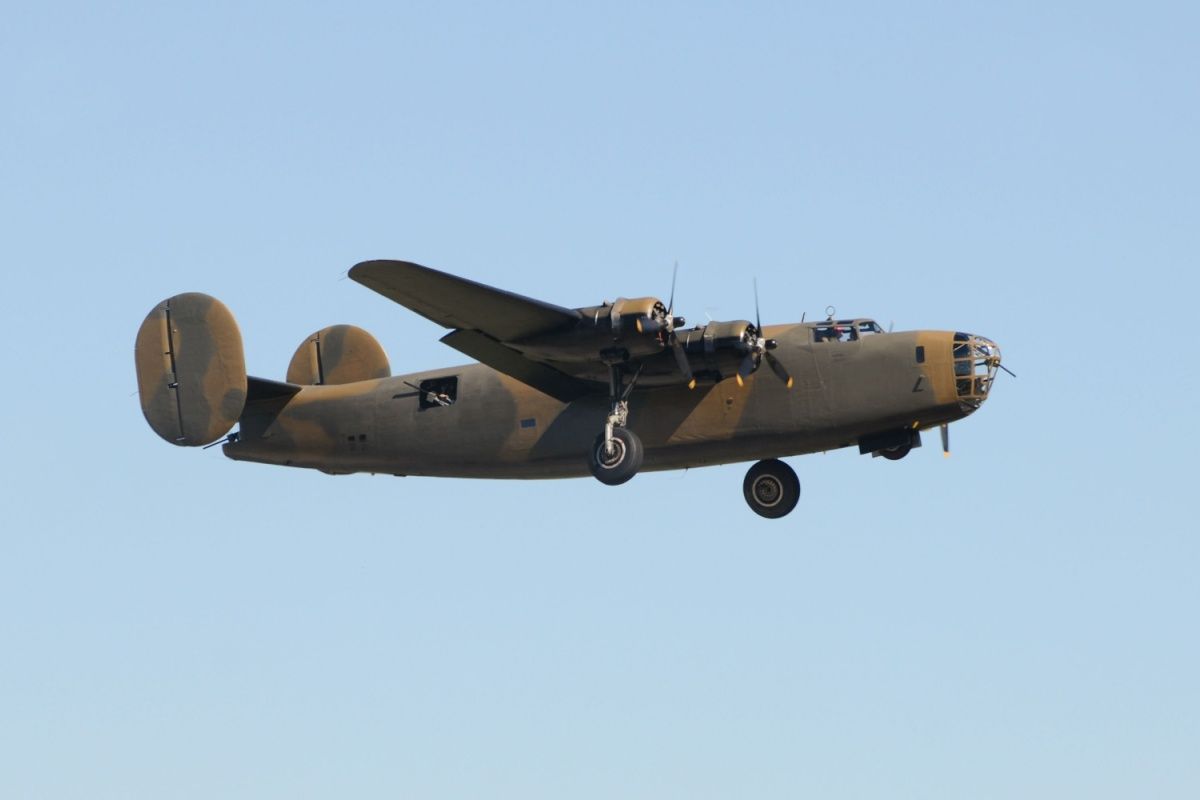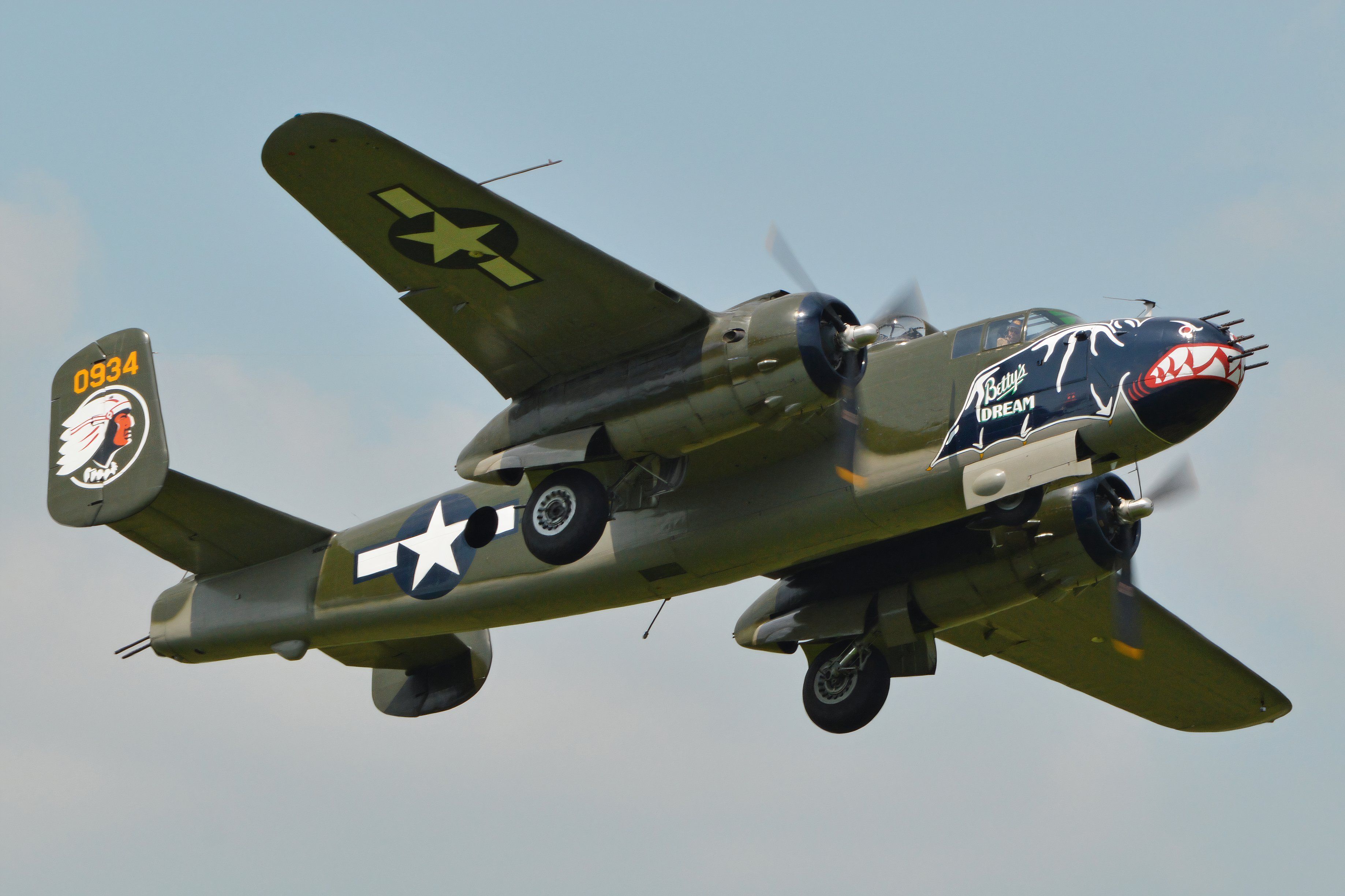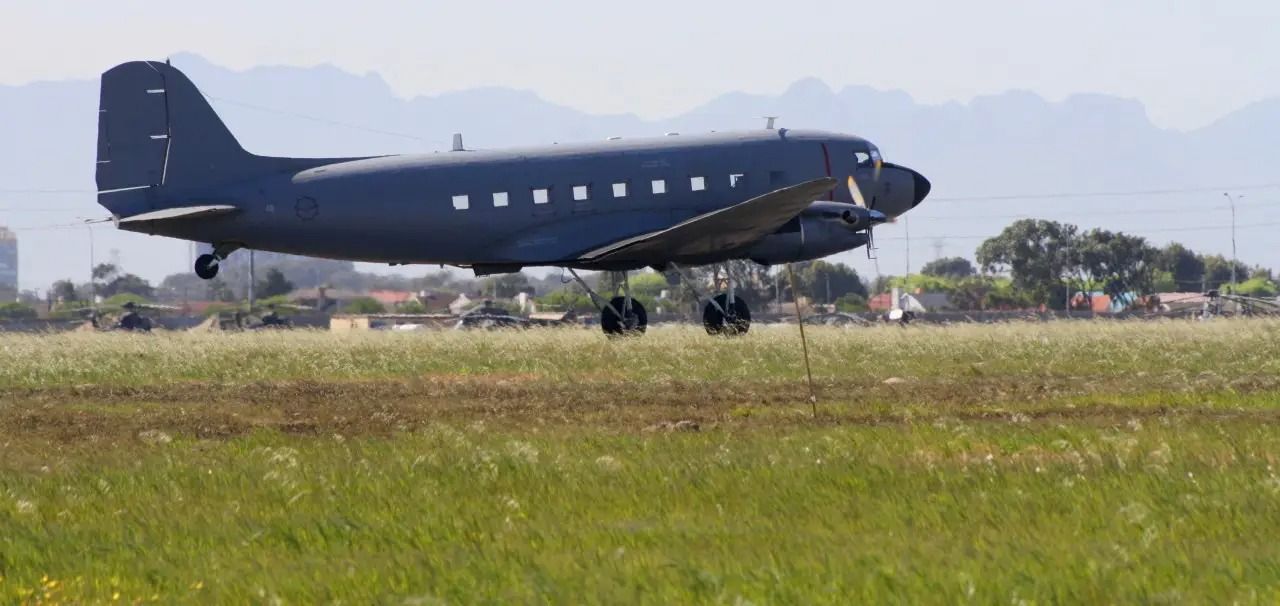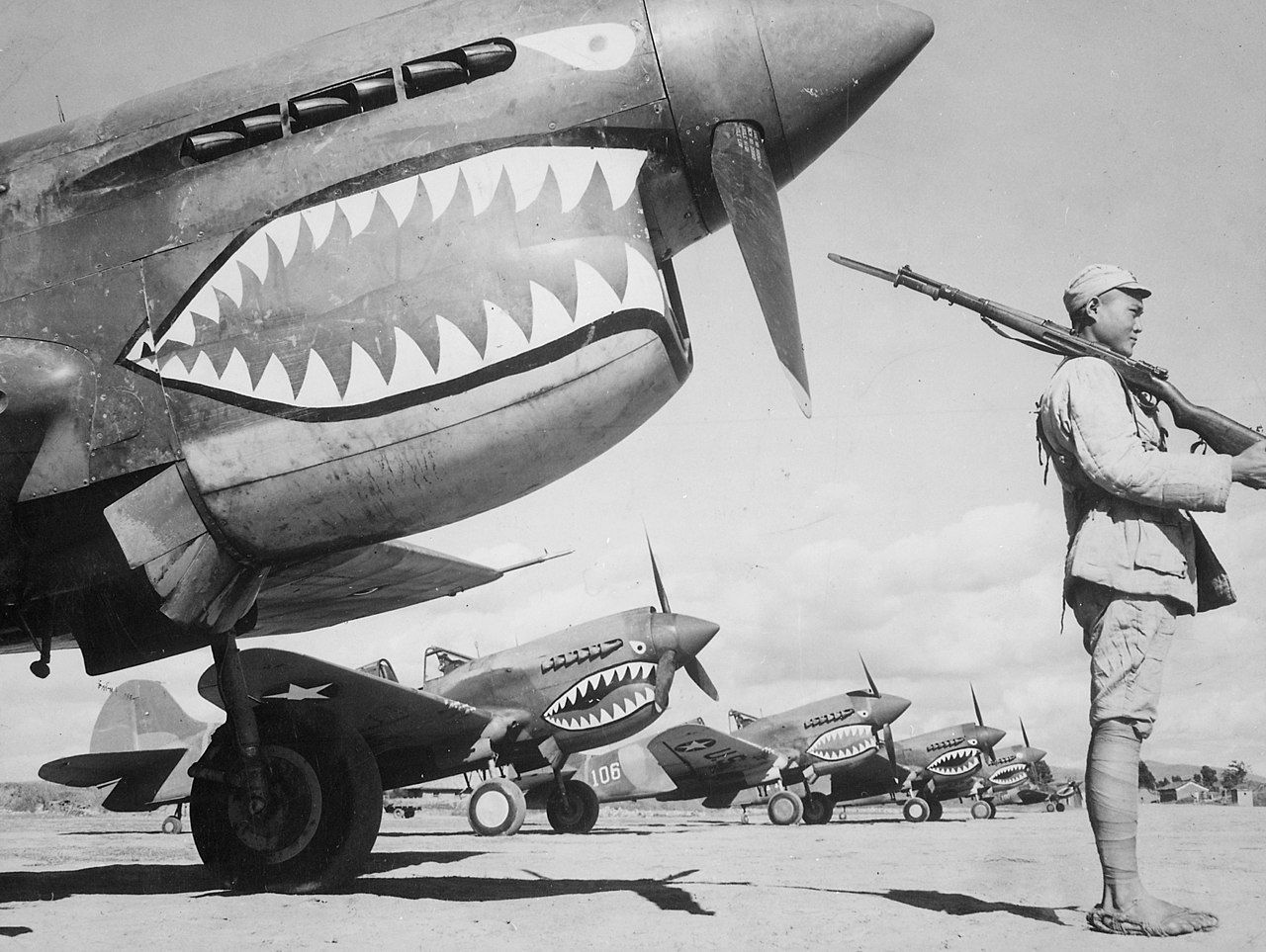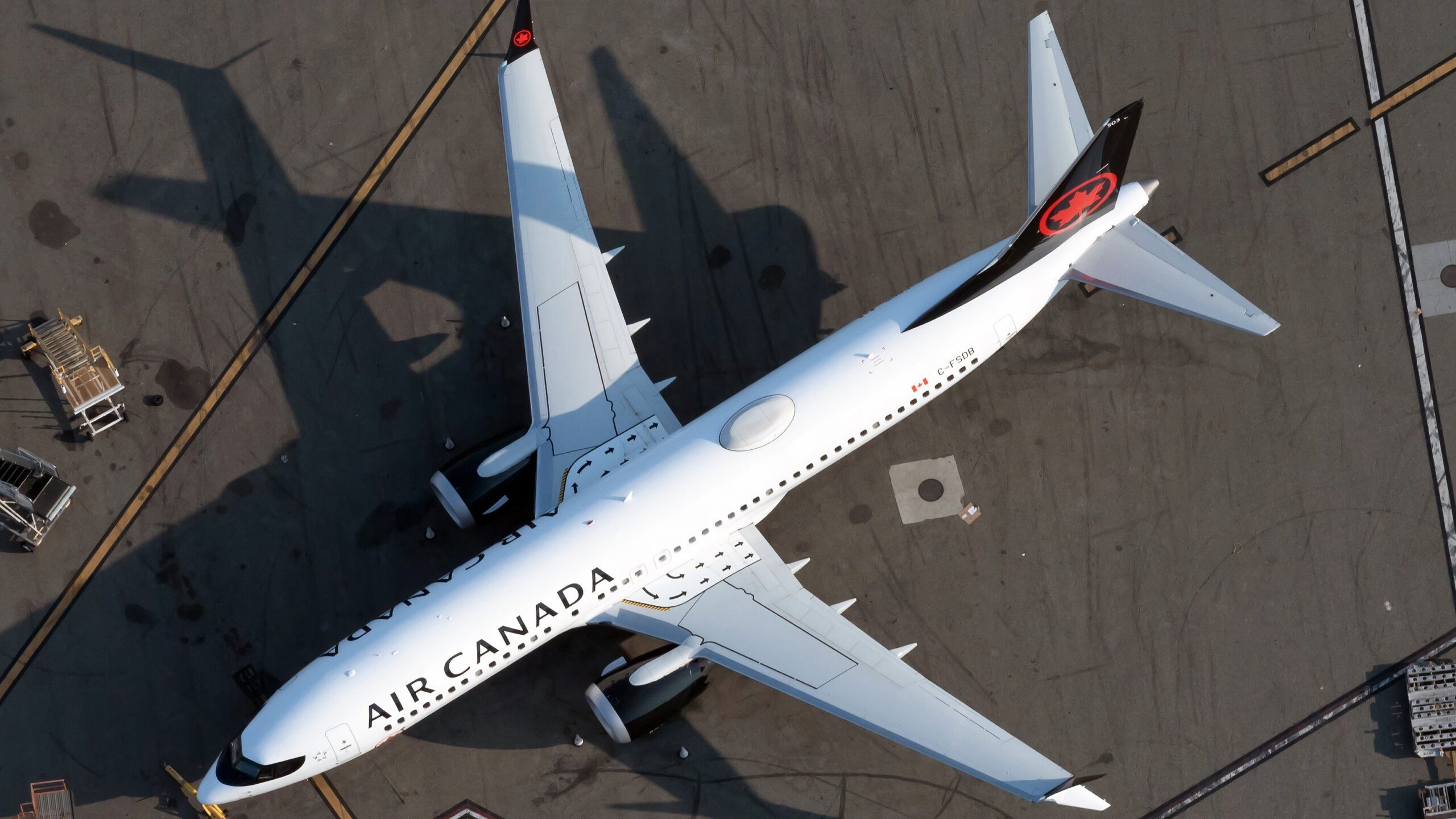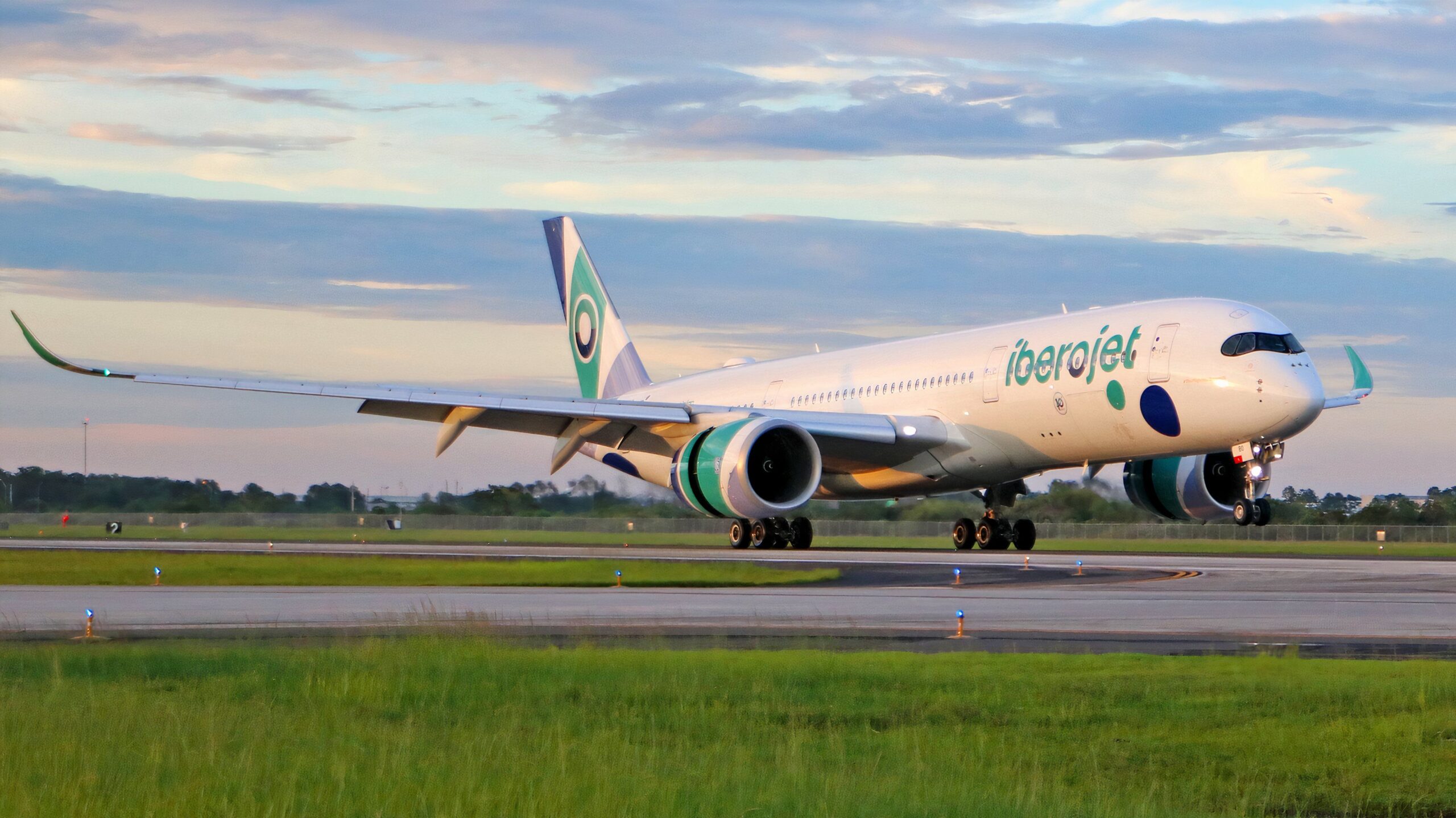Summary
- Boeing led production of B-17s and B-29s, key aircraft during WWII.
- Consolidated-Vultee produced large quantities of B-24s and PBY Catalinas.
- North American built B-25s and P-51 Mustangs, critical fighters and bombers in the war effort.
In large part, industry won World War II. As the United States converted to a total war economy, it banned the sale of new cars and switched its efforts to building the tools to win the war. Not only was the United States industry able to equip its massive armies, but it was also able to partially equip its allies like Great Britain and the USSR. The United States helped turn wartime Allied warplane production decisively against the Axis powers and the US built and (lost) countless thousands of aircraft. Here are five of the top American aircraft manufacturers of WWII.
1
Boeing
Boeing built 12,692 B-17s and 3,898 B-29s
|
Main products: |
B-17, B-29 |
|---|---|
|
Production locations: |
Seattle & Renton, Washington; Wichita, Kansas |
|
Fate: |
absorbed other contractors |
While Boeing is ‘the’ civilian airline manufacturer of the United States today, it was one of many important aircraft manufacturers in WWII. Boeing has produced aircraft for civilian and commercial use since 1916, and it built its first military aircraft (a biplane called the PW-9) in 1924. As the world began to descend into war in the 1930s, Boeing received orders from the government to design and build bombers.
Photo: US Air Force
According to the US Air Force, during the war, Boeing built 12,692 B-17 Flying Fortress heavy bombers at Plant 2 in Seattle and almost 4,000 B-29 Superfortress strategic/heavy bombers at its plants in Renton, Washington, and Wichita, Kansas. The B-29 Superfortress was the most expensive project of the war, costing $3 billion – much more than the $1.9 Manhattan Project.
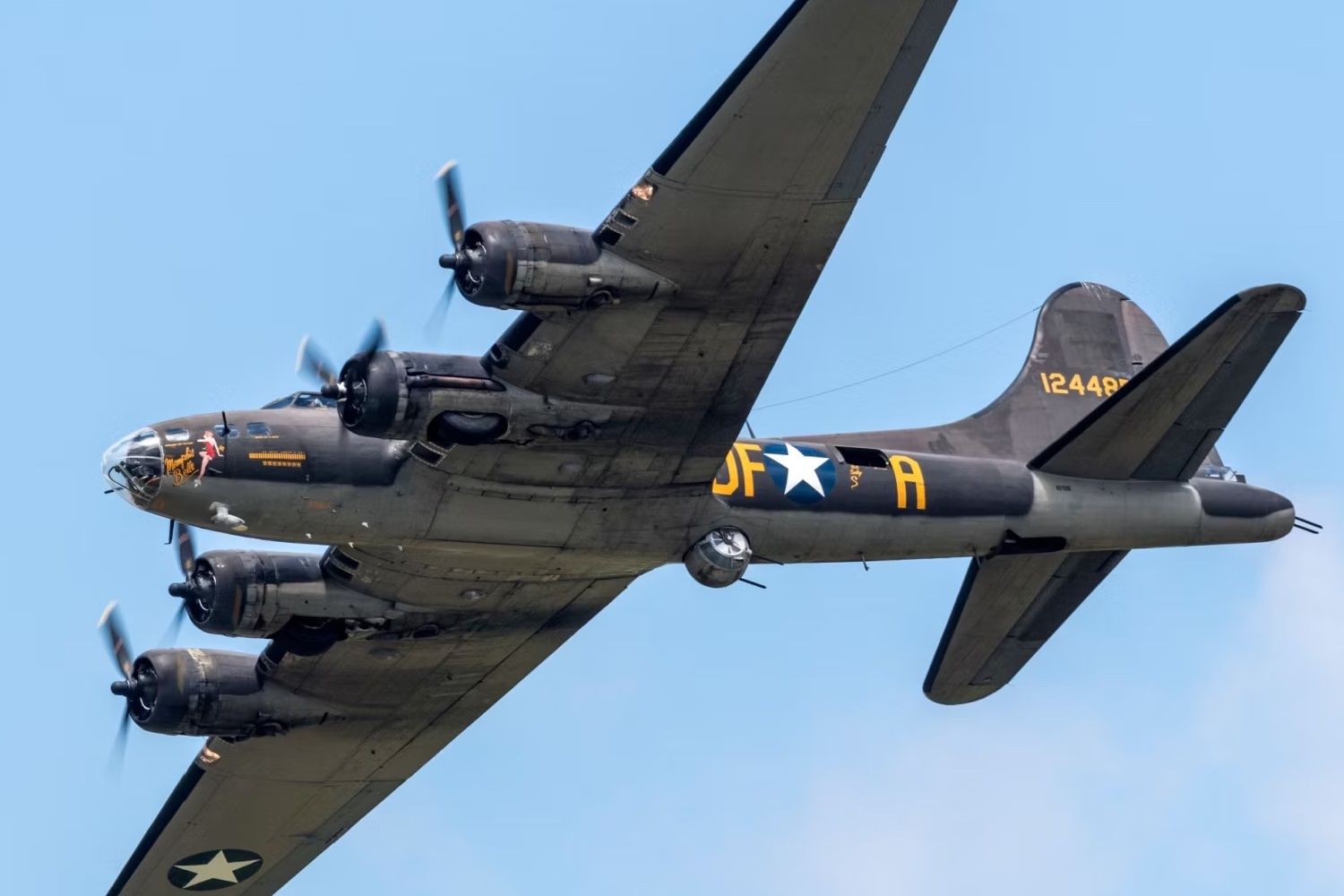
Related
5 Things That Made The B-17 Bomber An Incredible Aircraft
The aircraft had an impressive array of features.
2
Consolidated-Vultee
Consolidated-Vultee built 18,190 B-24s, thousands of PBY Catalinas, and 11,500 BT-13s
|
Main products: |
B-24s, PBY Catalinas, BT-13s |
|---|---|
|
Production locations: |
San Diego, California; Fort Worth, Texas |
|
Fate: |
Merged with Rockwell, now part of Boeing |
Consolidated’s most famous aircraft in World War II were the B-24 Liberator and the PBY Catalina patrol plane. However, Consolidated often lacked the capacity to fulfill its massive contracts and was forced to outsource some of its production of B-24 to other companies like Douglas and Ford.
Photo: Ivan Cholakov l Shutterstock
Even so, with 18,190 B-24s produced (8,685 of which by Ford), it remains the most produced bomber, heavy bomber, multi-engined aircraft, and American military aircraft history. In 1943, Consolidated merged with Vultee to form Consolidated-Vultee at the height of the war. Vultee also produced 11,500 BT-13 Valient trainers.
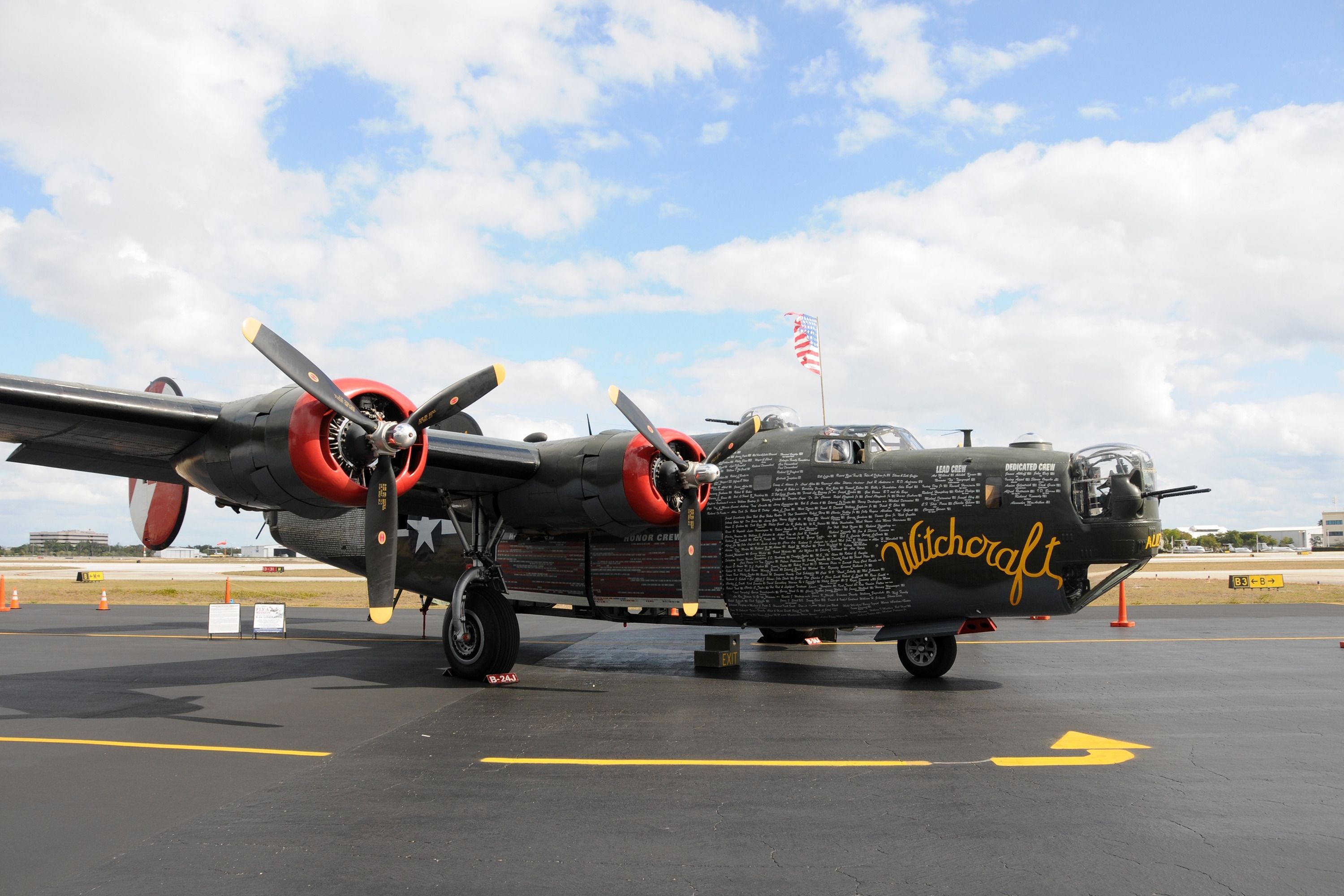
Related
5 Fast Facts About The Consolidated B-24 Liberator Heavy Bomber
The most-produced American military aircraft in history wasn’t devoid of flaws in design.
3
North American
North American built almost 10,000 B-25s and 15,000 P-51 Mustangs
|
Main products: |
B-25, P-51, AT-6 Texan |
|---|---|
|
Production locations: |
Dallas/Grand Prairie, Texas; Inglewood, California; Kansas City |
|
Fate: |
acquired by Boeing in 1967 |
According to Warfare History Network, North American became the largest US aircraft manufacturer during the war. It built 9,816 B-25 Mitchell bombers, 14,686 P-51 Mustang fighters, 15,500 AT-6 Texan trainers, and more (it also had a plant for the B-24). After the war, it also produced the B-1 Lancer, the Apollo command and service module, and the Space Shuttle orbiter.
The B-25 Mitchell was the most-produced American medium bomber and the third-most-produced American bomber overall. The P-51 Mustang was one of the most famous American fighters of the war, having served extensively in the Pacific War. It was exported to many countries during and after the war, and the last was only retired by the Dominican Republic in 1984.
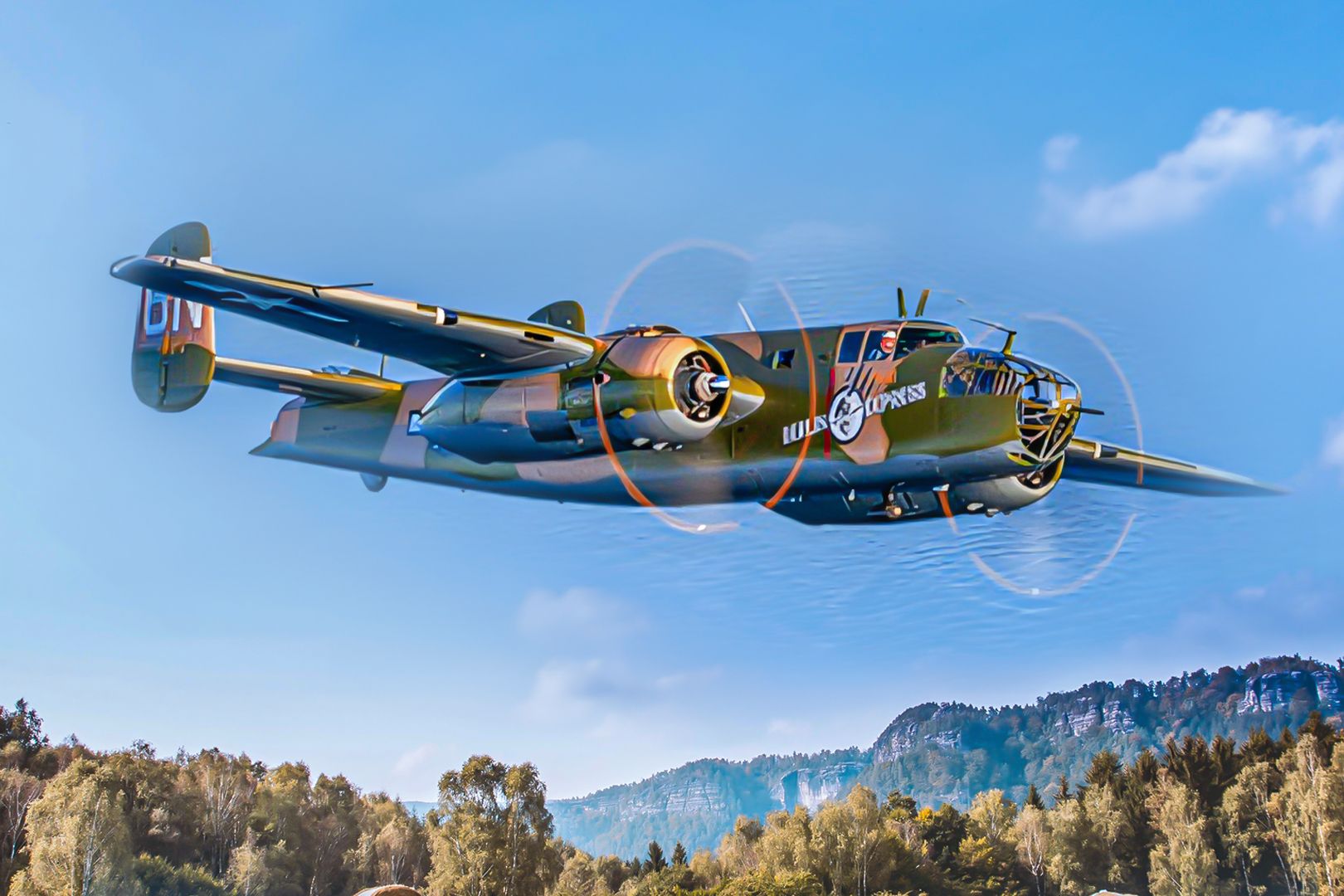
Related
5 Things To Know About The B-25 Berlin Express Flight Experience At EAA AirVenture Oshkosh
CAF isn’t the only entity offering rides on a restored B-25 to the public. EAA will be offering the same thing at upcoming AirVenture Oshkosh airshow.
4
Douglas
Douglas built 10,368 C-47 and 1,162 C-54 transports
|
Main products: |
SBD Dauntless, A-20 Havoc, A-26 Invader, C-47 Skytrain, C-54 |
|---|---|
|
Production locations: |
Long Beach, California; Tulsa, Oklahoma; others |
|
Fate: |
Purchased by Boeing in 1997 |
Douglas is famous for its early jetliners, but it produced a wide range of attack planes and transports in World War II. Douglas also helped build B-17 Fly Fortresses and B-24 Liberators. The US Navy entered the war with the famous SBD Dauntless dive bombers in service. These almost single-handled aircraft blunted the Japanese aircraft carrier fleet, sinking 6 carriers (including all four at the Battle of Midway).
Notable aircraft built by Douglas during the war include the SBD Dauntless, A-20 Havoc, A-26 Invader, C-47 Skytrain, and C-54. The C-47 was affectionately nicknamed the “Gooney Bird” and was adapted from the Douglas DC-3 commercial airliner. They were a critical part of America’s ability to wage war around the world.

Related
How Douglas Developed The Military C-47 From The Civilian DC-3
During the Normandy invasion, C-47s dropped over 50,000 paratroopers in France.
5
Curtiss-Wright
Curtiss-Wright built 13,738 P-40s, 3,180 C-46s, and around 7,000 Helldivers
|
Main products: |
P-40s, C-46s, Helldivers |
|---|---|
|
Production locations: |
Buffalo, New York; Columbus, Ohio; Louisville, Kentucky |
|
Fate: |
independent aerospace contractor (mostly components) |
Curtiss-Wright contributed to the war effort with some 142,840 aircraft engines and almost 30,000 aircraft. It employed some 180,000 workers and was ranked second in terms of wartime production contracts (after General Motors). The most notable Curtiss-Wright aircraft were P-40 fighters (the same as the Flying Tigers), C-46 Commando transports, and SB2C Helldivers.
The C-46 performed a similar role to its Douglas transport counterparts while being a fighter bomber and was the third most-produced American fighter after the P-51 and P-47. Today, Curtiss-Wright remains an independent defense contractor but does not produce aircraft (although it makes related components like aircraft controls, valves, and actuators).
